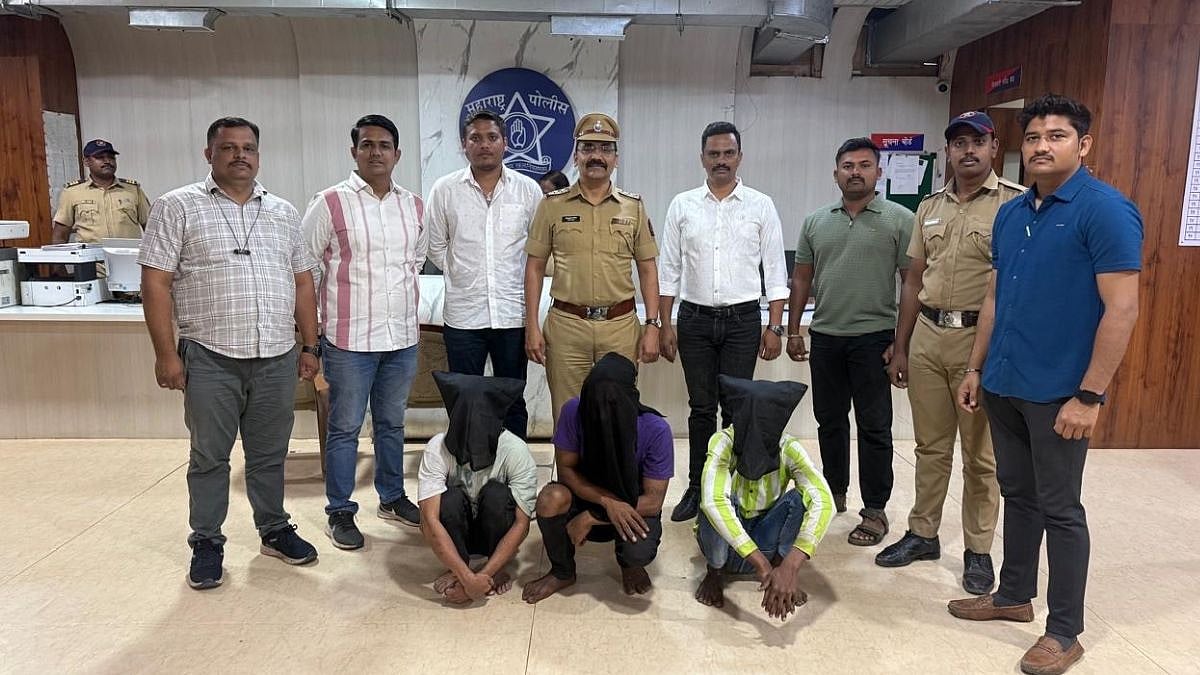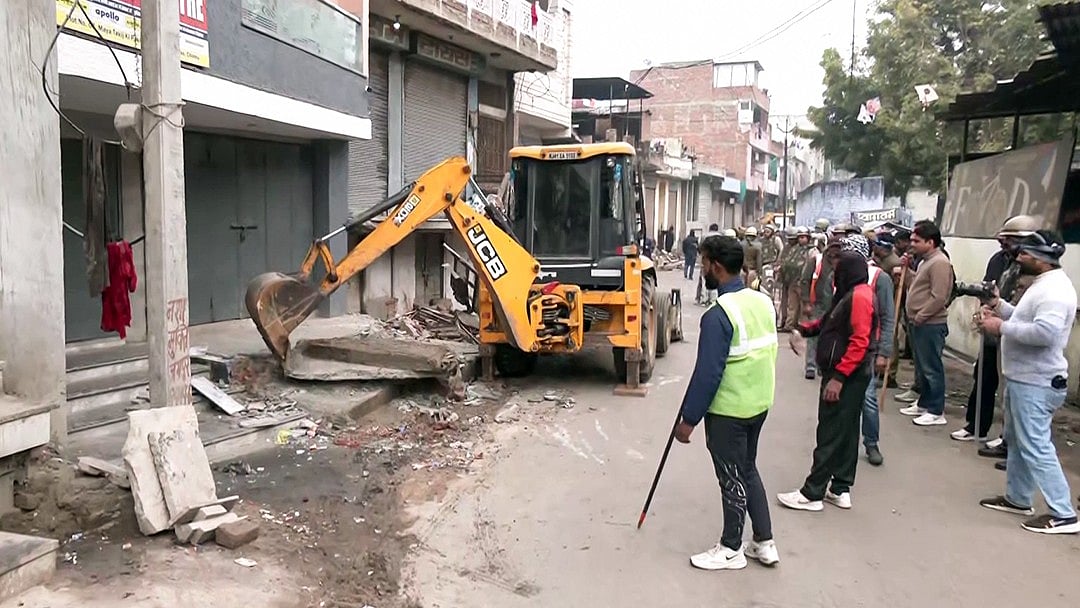The devastating impact of agricultural pesticides on farmers, consumers and even unborn children, is being felt across the country. The Yavatmal mass poisoning, which has so far claimed the lives of 40 farmers, recalls the Kasargode tragedy in Kerala, where exposure of pregnant women to the highly toxic pesticide, Endosulfan, led to congenital deformities in their infants. It also recalls the ‘cancer express’ of Punjab, which carries victims of carcinogenic agro-chemicals to neighbouring Rajasthan for treatment.
Pesticide use in India, per hectare of agricultural land, is lower than than of more developed nations like China, Japan and the United Kingdom. However, safety standards are abysmal, resulting in massive exposure of agricultural labourers and farmers to pesticides. In Kasargode, the victims just happened to live near the government-run cashew plantations which were sprayed by helicopters with Endosulfan. It contaminated their water and food sources, leading to an epidemic of abnormalities.
From the consumer perspective, use of pesticides on food crops has spawned an entire range of products, all claiming to wash fruits and vegetables free of pesticides. The good housewife dunks her groceries in the ‘ozone purifier’ or ‘veg wash’, before serving it up to her family. Few consumers stop to ask why items meant for eating are coated in poison in the first place.
The Rs 22,000 crore pesticide industry in India operates behind the benign tag of ‘crop protection’. The industry stance is that it alone stands between India and mass starvation. Buying this argument, the central government permits the manufacture and sale of 51 pesticides so toxic that they are banned everywhere in the world except India. Even in the case of Endosulfan, the Indian government fought tooth and nail against a ban in international forums. The Supreme Court had to step in and institute the ban in 2014.
Pesticides residues are found in the human body, years after ingestion. Minimum residue levels (MRLs) have been prescribed for foods, but testing is rare. Many pesticides used in India are persistent organic pollutants (POPs), which linger for decades after their use has been discontinued. DDT in mothers’ milk is a common phenomenon, more than three decades after it was banned in agriculture. The long-term impact and the synergies these pesticides develop with each other once they are ingested, have yet to be fully studied. But the evidence increasingly points to a link between cancer and pesticide usage.
Is there an alternative to these highly toxic pesticides? Yes, there is. After all, before the green revolution, Indian agriculture relied solely on bio-pesticides. In the last couple of decades, Andhra and Telengana have shown the way for the rest of the country by adopting non-pesticidal agricultural practices (NPM), which has curtailed use of pesticides without affecting crop yields.
The NPM programme was launched because the high cost of pesticides was making agriculture non-viable for small farmers. Some farmers said ‘crop protection’ chemicals accounted for one-third of the total input cost. NPM has not only brought down the consumption of pesticides statewide as compared to 2010 levels, but has improved the financial and physical health of farmers who are part of the programme.
Such farmers are also encouraged to adopt sustainable farming practices like water conservation, seed saving, mixed and inter-cropping in order to maximize yields and earnings without resorting to expensive agro-chemicals and hybrid, water-guzzling seeds. This reduces the cost of irrigation. Overall, they spend half as much as conventional farmers.
Bio-pesticides, along with agricultural practices like mixed cropping, crop rotation, summer ploughing, etc, have been proved to be effective in pest management. In India, success stories include control of whitefly infestations with neem, sugarcane borers with the tiny wasps known as Trichogramma and bollworms with the bacterium Bacillus thuringiensis, better known as “Bt”. Bio-pesticides target insects, weeds and plant diseases with far greater specificity than their chemical counterparts. Sadly, bio-pesticides have a marginal presence in the total pesticide market in India, perhaps 3 per cent and within this, neem accounts for 85 per cent.
The maximum use of pesticides is on cotton crops, which account for nearly half the total demand. Cashew is another crop that is relentlessly sprayed. Another downside to pesticide usage is that over time, pests develop immunity to agro-chemicals. Bt cotton was introduced because the bollworm, the major cotton pest, had developed immunity to a whole range of pesticides, including endosulfan. Now, it has developed immunity to Bt as well! Farmers are caught in a vicious cycle, constantly searching for new and even deadlier toxins to get rid of pests.
The trouble is that farmers have been encouraged by the purveyors of pesticides to develop a “pesticide first” mindset. They rely on pesticides as the first option, when it should be their last – and consumers are literally at the receiving end.
The author is a senior journalist with 35 years of experience in working with major newspapers and magazines. She is now an independent writer and author.









